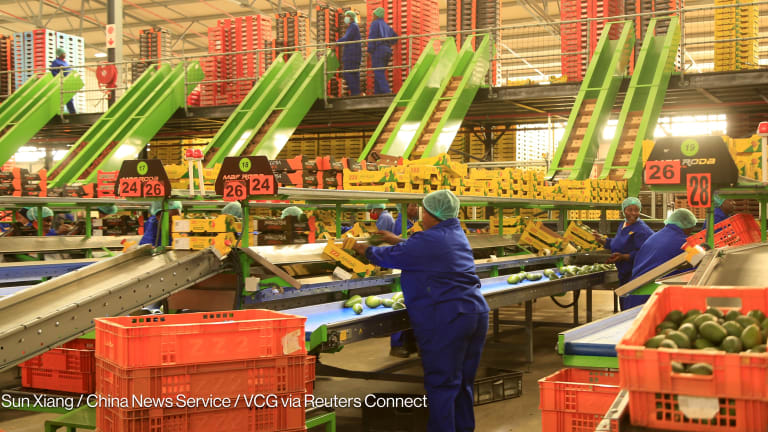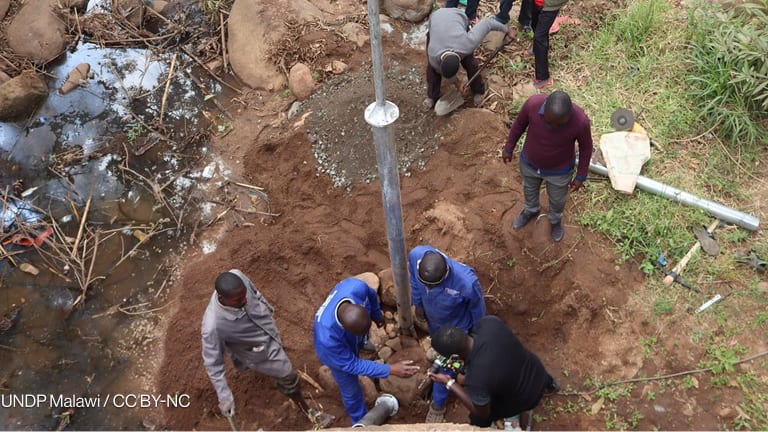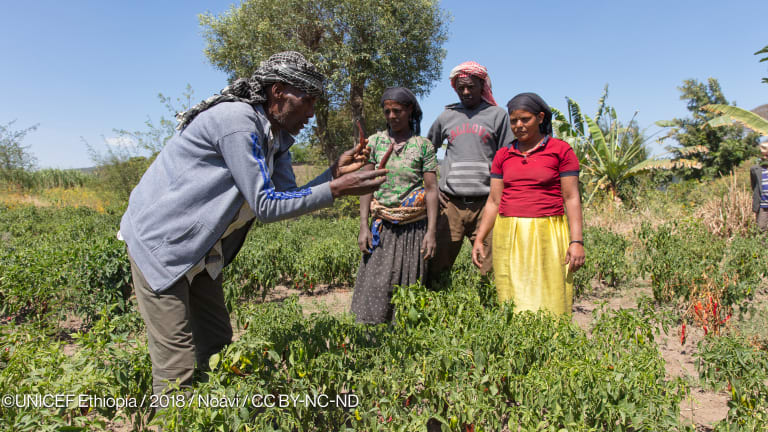
This is a joint post with Malcolm Dickson, senior scientist and IEIDEAS project leader at WorldFish.
We are all eating more fish nowadays — except in Africa, where there is a huge and rapidly growing gap between fish supply and demand.
But why is this happening when fish is such an important component of the diet of the poor, particularly in a part of the world where food and nutrition security remains a major problem? This is where donors need to pay more attention, because fish can truly became a big part of the solution to end poverty and hunger in Africa.
Catching more fish isn’t really an option, as most wild stocks are fully exploited if not depleted, while imports have become increasingly costly. The way forward is fish farming, where Egypt is leading the way not only on the continent but also in a global context.
Egypt produces over one million tons of farmed fish, supplying 60 percent of all fish eaten by its people. It is by far the cheapest source of animal protein, affordable to all but the very poorest. Egyptian aquaculture took off in the 1980s and now has a turnover of at least $1.5 billion, employing over 100,000 people and providing each Egyptian around one fish per week.
So what has the country done right in order to produce two-thirds of farmed fish on the African continent? This is something WorldFish is very focused on understanding, while having played its part in helping develop and spread productive, profitable and environmentally sound technologies over the last 15 years.
Our main current initiative is the IEIDEAS project, supported by the Swiss Agency for Development and Cooperation, which has helped farmers gain access to a faster-growing local strain of tilapia and receive training in the industry’s best management practices. Women retailers too are being helped to improve the quality of fish they sell and to reach a larger market. This project is part of the CGIAR Research Program on Livestock and Fish, whose goal is to generate more meat, milk and fish by and for the poor but focusing on the entire industry value chain, from production to retail. We also want to create a more aquaculture-friendly policy environment, and that’s why around 80 stakeholders from all areas of the industry gathered in Cairo last week to thrash out the main policy and technical issues that need immediate action if the sector is to continue growing. The working groups created at the event will present their findings to the newly-elected Egyptian government later in the year.
Fish farming has been around in sub-Saharan Africa for more than half a century, yet still contributes little to the region’s food and nutrition security. What the rapid growth of Egyptian aquaculture shows us is that with sufficient commitment, hurdles can be overcome as conditions there are far from ideal — Egypt is desperately short of water and suitable land for fish farming, while temperatures are too low for fish growth in winter. However, public and private sector investment starting almost 30 years ago, combined with strong domestic market demand, has resulted in consistent growth.
The focus in sub-Saharan Africa has to move away from food security at the homestead level toward more commercially-oriented production systems. These systems must be linked through more efficient supply chains to new market approaches that can better meet the needs of rapidly urbanizing African populations. As in Egypt, this will require commitment and significant public and private sector investment.
The importance of fish in addressing poverty and hunger has been neglected for too long in Africa — but the lessons learned on aquaculture in Egypt offer an opportunity for fish to fully play its part in achieving food security across the continent.
Join the Devex community and access more in-depth analysis, breaking news and business advice — and a host of other services — on international development, humanitarian aid and global health.
See more:








